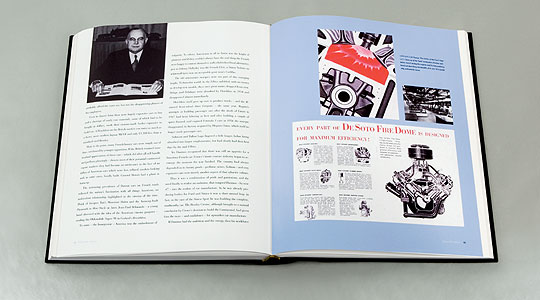
It’s been one of life’s mysteries that, in the 1950s, despite its pre-eminance in the world fashion, and with a highly successful luxury goods industry ranging from couture to perfume, champagne, fine wines and travelling accessories, the car makers of France never successfully produced an equivalent motor car.
The creations of Jean Daninos: the HK500s, Facel IIs and Excellences came so near, and for a glorious period in the late ‘50s/early ‘60s the big Chrysler Hemi-powered Grandes Routières were the preferred vehicle for industrialists the world over, Hollywood stars and starlets, and British show business personalities.
In fact the United Kingdom features large in the latest, superbly crafted, book from Palawan written by Martin Buckley; so much so that the author is tempted to opine that had production moved from France to Britain in the early Sixties (as had been discussed at the time) it may well have joined Aston Martin and Bristol as successful manufacturers of discreet GT cars for a discerning clientele to this day. In period, Ferraris and Maseratis were too noisy and more suitable as the toys of playboys and racing drivers, Jaguar lacked exclusivity, Rolls-Royce was too staid while Bentley came pretty close with their R-Type Continental - a car with a surprisingly close connection to Facel...
It was the Pininfarina-designed, and Facel-bodied, Mk VI 'Crestas' from Crewe that were precursors to the subsequent Facel FVs and R-Type Contis, (some featuring, by the way, the trademark Facel ‘painted wood’ metal dash treatment). Daninos was already a successful industrialist with shares in a group of engineering companies in France, Britain and North America that had done well out of the war, and realising the terminal decline of the ‘old guard’ French manufacturers like Hotchkiss, Delahaye and Talbot, decided to make his own car that was "fast, luxurious and silent with good roadholding. At that time fast cars were so-called ‘sport’ and consequently noisy... I wanted to bring together silence and comfort in one which would be able to exceed anything more rapid cars can do".
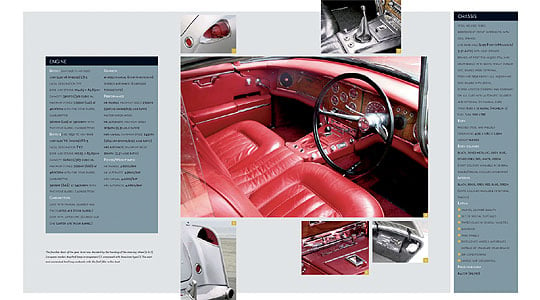
This then is the story of the man and his cars that were truly ‘of the time’ and the choice of celebrities such as Jackie Collins, Ringo Starr, Tony Curtis and even Peter Fonda, who contributes a fascinating ‘preamble’ to the book. In the UK, HWM’s George Abecassis was the importer, soon setting up Intercontinental Cars so that the sale of Facels could be kept at arm's length from the company’s Aston Martin dealership (out of interest, at the time, a V8 Facel was £800 more than a new DB4).
Although the French economy was strong (thanks to early post-War ‘pump-priming’ from the US Marshall Plan), it was an odd climate for luxury cars in the country as conspicuous consumption by factory owners was frowned upon, leading to many new Facels delivered in plain lorries, as well as replacement cars featuring the same paint colour as the traded-in model so that workers would not realise the boss’s latest indulgence.
No such problems in America or the UK where the ever bigger-engined Chrysler-powered models would test the ability of the owners and the newly-opened motorway network, where speeds of up to 140mph were to be regularly recorded.
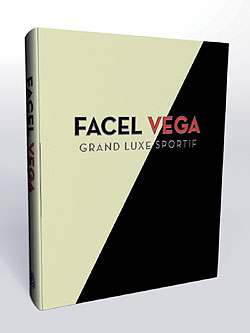 So how did it go wrong? A combination of factors saw the sad sight of the company’s 1964 Paris Show stand full of cars but with salesmen forbidden by the French government from manning it; the company now in a dire financial situation brought on by the ill-fated Facellia four- and sometimes six-cylinder ‘junior’ cars. Daninos’s chain of engineering companies were not doing so well, losing contracts for the military and Simca, while if Ferrari and Maserati were still building either roadgoing racing cars or very subtle GTs, Jaguar and Mercedes-Benz were starting to make saloons of great potential. All-American cars from Pontiac, Plymouth and the like had as much 'go' as you’d need from lightweight 7-litre engines, and comforts that included power everything, a/c - as well as indestructible mechanicals.
So how did it go wrong? A combination of factors saw the sad sight of the company’s 1964 Paris Show stand full of cars but with salesmen forbidden by the French government from manning it; the company now in a dire financial situation brought on by the ill-fated Facellia four- and sometimes six-cylinder ‘junior’ cars. Daninos’s chain of engineering companies were not doing so well, losing contracts for the military and Simca, while if Ferrari and Maserati were still building either roadgoing racing cars or very subtle GTs, Jaguar and Mercedes-Benz were starting to make saloons of great potential. All-American cars from Pontiac, Plymouth and the like had as much 'go' as you’d need from lightweight 7-litre engines, and comforts that included power everything, a/c - as well as indestructible mechanicals.
As with all Palawan books, the Facel story is about the cars and more. The personalities of the time, the economic conditions, the social history; it’s all there, printed on high quality paper, beautifully bound with wonderful photographs both of existing cars and in-perod. It does not pretend to be a complete record of all chassis numbers (as is the Palawan book on the Bentley Continental), but for those enthusiasts for the marque, and for a more exciting, raffish bygone age when men were men and often lived for the day (and the night, traversing plain tree-lined French N roads, Parisian boulevards, and the Provençal corniche, all by the light of the big Marchal Megalux headlamps), it is unbeatable.
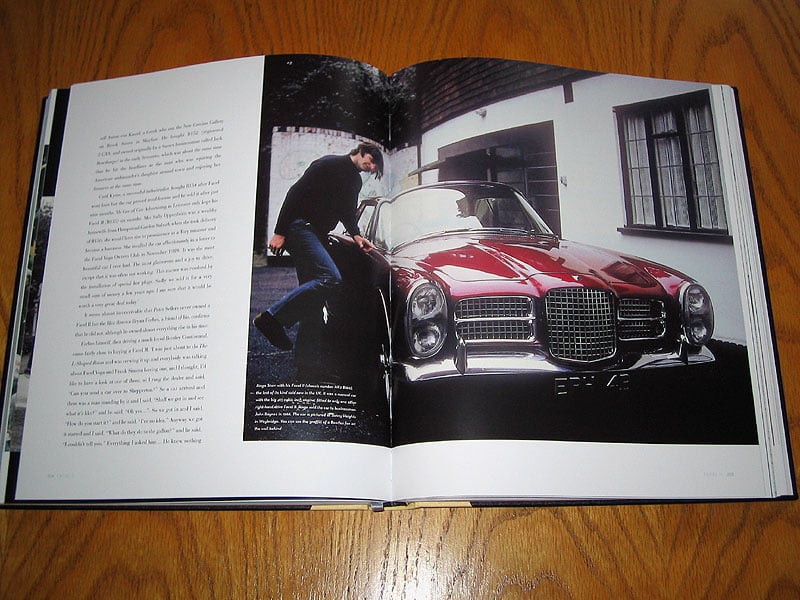
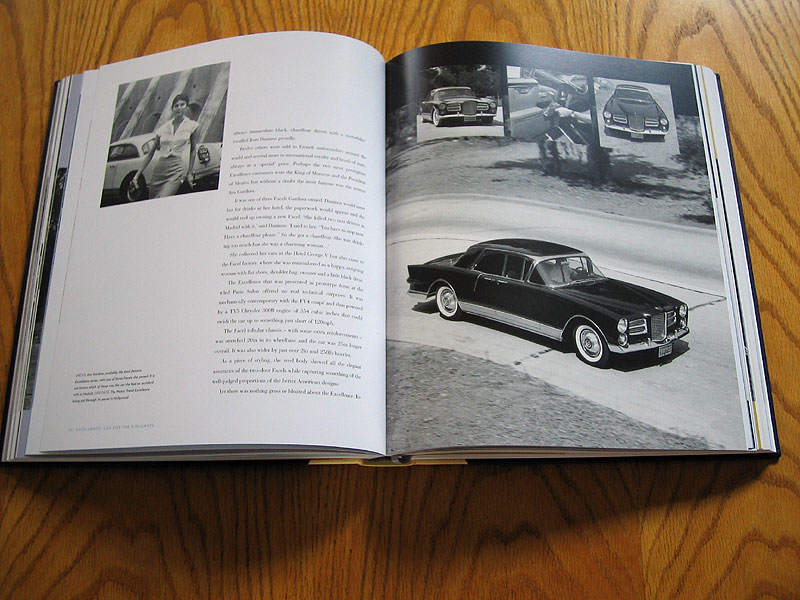
There is no finer testament to a car book than that the reader finishes it and wants to include the subject in their fantasy garage.
It had that effect on this one, so please click HERE to see Facel Vegas for sale on Classic Driver...
The book is available in two editions:
Clothbound Edition
Limited to 900 numbered copies, bound in buckram with three colour foil blocking on the front and spine, encased in a buckram slipcase with foil blocking on front and spine. £250.00 plus delivery: UK £12 / EU £30. Rest of World, please refer to publisher.
Leatherbound Edition
Limited to 100 numbered and signed copies, bound in two colours of Morocco calf leather, with three colour foil blocking on the front and spine, encased in a buckram dropback solander box with one colour silkscreening on front, spine and back and featuring a Facel Vega body numberplate on the front, etched with the number of your book. £750.00 plus delivery: UK £12 / EU £30. Rest of World, please refer to publisher.
For further details please contact:
PALAWAN PRESS LIMITED
11 Royal Crescent Mews,
London W11 4SY
Tel: +44 (0)20 7371 3060
Fax: +44 (0)20 7371 4080
www.palawan.co.uk
[email protected]
Text - Steve Wakefield
Photos - Palawan Press - Strictly Copyright
ClassicInside - The Classic Driver Newsletter
Free Subscription!





